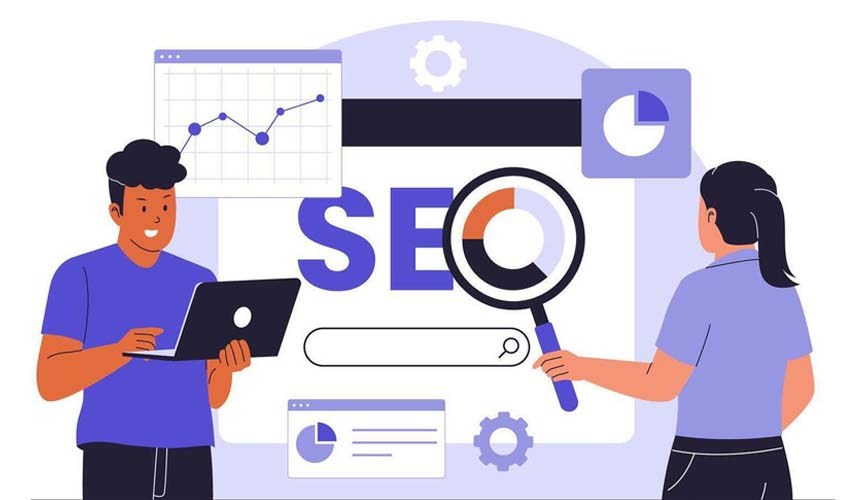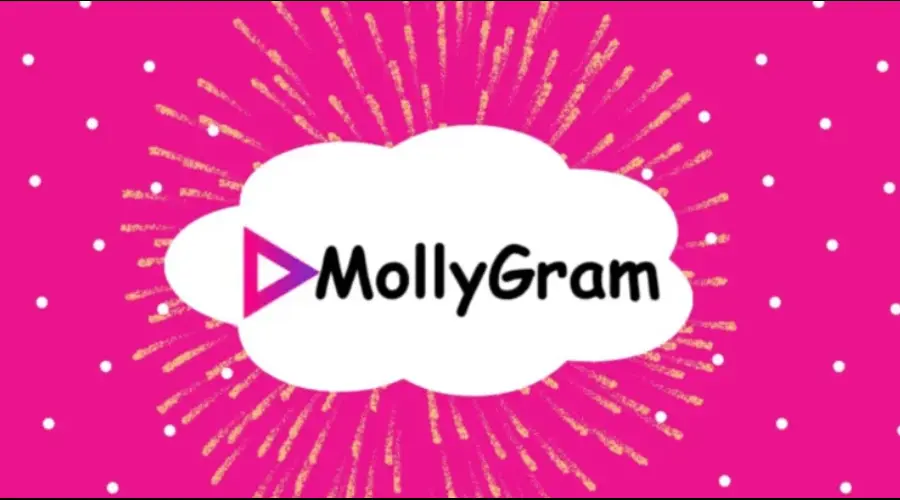Search engines are no longer text-only. Today, visuals play a major role in how users discover content online. From Google Images to Pinterest Lens and AI-driven reverse searches, image search optimization is now crucial for brands and content creators. A well-optimized image can drive significant organic traffic, improve engagement, and enhance overall SEO performance. This guide explores key image search techniques, tools, and strategies that can lead to SEO success.
The Growing Importance of Image Search
The shift toward visual discovery is changing the landscape of search marketing. Modern users often prefer looking at pictures rather than reading long text explanations. Platforms like Google Images, Bing Visual Search, and Pinterest collectively handle billions of image queries each month.
Visual search engines now use advanced AI models that recognize objects, themes, and even emotions within images. For SEO professionals, this marks a shift from keyword-only optimization to semantic and contextual image optimization. Optimizing images means appearing in both traditional web search results and specialized image search features like Google’s “Images for” module and rich snippets.
How Image Search Works
Image search engines use complex algorithms to evaluate three main elements:
- Image content – The engine analyzes color, texture, shape, and object patterns using AI-based recognition.
- Metadata – Titles, alt text, and surrounding page content help search engines understand image context.
- Engagement signals – Click-through rates, dwell time, and backlinks indicate an image’s relevance and value.
When a user searches for “modern kitchen ideas” or uploads a picture of a room to find similar designs, the engine matches their query to relevant images. Success depends on how well your images communicate meaning both visually and through metadata.
Core Techniques for Image SEO Optimization
1. Use Relevant and Descriptive File Names
Before uploading an image, rename the file with meaningful keywords separated by hyphens. For example, instead of “IMG_1234.jpg,” use “modern-kitchen-interior-design.jpg.” File naming helps search engines identify the image content more accurately.
2. Optimize Alt Text Effectively
Alt text serves multiple purposes — it improves accessibility for visually impaired users and signals the image context to search algorithms. Keep it short but descriptive, including target keywords where natural. Example: “Vintage wooden coffee table with brass legs.”
3. Choose the Right Image Format
The file format affects load speed, quality, and compatibility.
- JPEG — Best for photos and colorful visuals.
- PNG — Ideal for graphics with transparent backgrounds.
- WebP — Offers superior compression and quality, recommended by Google.
Faster loading images enhance user experience and help your page rank higher.
4. Compress Without Losing Quality
Large, unoptimized images slow down websites and hurt SEO. Use compression tools like TinyPNG, Squoosh, or ShortPixel to reduce file size without noticeable loss in quality. Aim for a balance between clarity and performance.
5. Add Structured Data Markup
Using schema markup tells search engines more about your image content. For e-commerce sites, this could include product, brand, and price data. Structured data increases the chance of your image appearing in rich results and Google Shopping tabs.
Advanced Image Search Techniques
1. Reverse Image Search
Tools like Google Lens, TinEye, and Bing Visual Search allow you to upload or paste an image to find visually similar results. Marketers use it to:
- Track unauthorized use (image theft).
- Identify backlink opportunities or content mentions.
- Discover trends and competitor visuals.
Reverse image search can help understand how your visuals circulate across the web, improving content strategy.
2. Visual Search Optimization
With devices supporting camera-based queries (like Google Lens), users can search by pointing at objects. Optimizing for this means ensuring your product images are clear, contextually rich, and labeled properly.
Use multiple angles, clean backgrounds, and relevant metadata. This helps Google’s AI understand what’s inside the photo and where it fits in user searches.
3. Leverage AI Tagging and Image Recognition Tools
AI tagging tools like Amazon Rekognition, Clarifai, or Cloud Vision can automatically assign descriptive tags to images. These tags can then be incorporated into alt text or captions, ensuring semantic relevance and consistency across large image libraries.
Enhancing User Experience with Visual Content
Search visibility is only the first part of image SEO. The experience users have when they interact with your visuals also matters. Follow these best practices:
- Create original images. Stock photos rarely stand out in search results. High-quality, unique visuals communicate authenticity and increase engagement.
- Provide informative captions. Captions improve understanding and context while making your visuals more shareable.
- Ensure responsive display. Images should scale properly on mobile and desktop. Google prioritizes mobile-friendly pages in its ranking system.
- Use lazy loading. This technique defers the loading of images until the user scrolls to them, improving page speed without sacrificing image quality.
Image Sitemaps and Indexing
An image sitemap provides search engines with detailed information about your site’s visuals. It ensures that even images embedded through JavaScript or dynamically loaded are properly indexed. Include attributes like image location, title, caption, and license details in the sitemap for better visibility.
Plugins like Yoast SEO or Rank Math can automatically generate image sitemaps for WordPress sites. Regular monitoring through Google Search Console helps ensure your images are being indexed correctly.
Tracking and Measuring Image SEO Performance
To evaluate the success of your image search optimization, track performance metrics linked to image visibility and engagement:
- Image search impressions via Google Search Console.
- Referral traffic from image-based sources.
- Click-through rate (CTR) from image search listings.
- Backlink growth through visual mentions.
Use analytics tools to identify top-performing images and replicate their strategies across other visuals.
Future Trends in Image Search
The rise of generative AI, augmented reality, and computer vision will redefine image search. Users will rely more on AI-generated suggestions rather than typing queries. Search engines will interpret visuals semantically, identifying products, scenes, and emotions within images.
For SEO professionals, this evolution means focusing on content relevance, visual authenticity, and image-to-context harmony rather than keyword stuffing. Incorporating AI tools for automatic image optimization will soon become standard practice.
Final Thoughts
Mastering image search techniques isn’t just about tagging pictures — it’s about making visuals discoverable, meaningful, and fast-loading. When integrated with overall SEO efforts, image optimization improves ranking potential, audience engagement, and brand visibility.
Whether you run an e-commerce store, travel blog, or creative portfolio, image SEO is a long-term traffic channel worth investing in. As visual search technologies continue evolving, staying proactive in optimizing your images ensures your content stands out in every corner of search results.

